During the drills, F-35A stealth fighters and F-15K jets from the South flew together with US F-16 fighters to escort the B-1B aircraft entering the South's air defense identification zone, according to the Joint Chiefs of Staff (JCS). It did not clarify the number of B-1B aircraft deployed here.
Earlier in the day, the North confirmed that it fired a Hwasong-15 intercontinental ballistic missile in a "sudden" launching drill aimed at ensuring its nuclear deterrent.
"The training this time demonstrated the South Korea-US combined defense capabilities and posture featuring the alliance's overwhelming forces, through the timely and immediate deployment of the US' extended deterrence assets to the Korean Peninsula," the JCS said in a press release, Yonhap reported.
It added that the air drills affirmed Washington's "ironclad" commitment to the defense of the peninsula and its extended deterrence pledge. Extended deterrence means the US' commitment to mobilizing a full range of its military capabilities, including nuclear, to defend its allies.
In the combined drills, the two sides are said to have mobilized some 10 aircraft in total. They flew in a formation over the Yellow Sea, East Sea and then a southern region in the South.
MP/PR

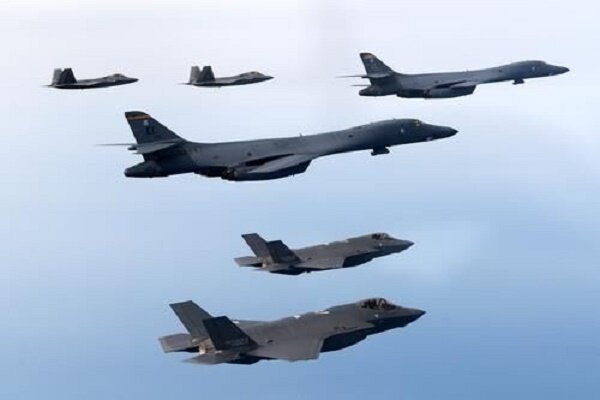


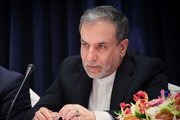
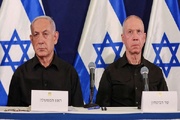

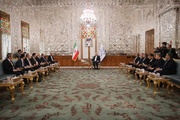
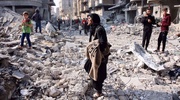
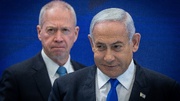
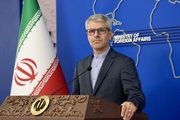
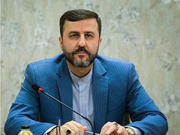


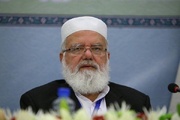
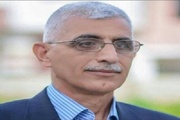


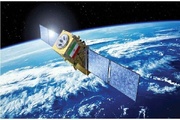
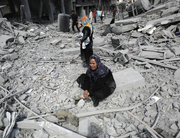
Your Comment